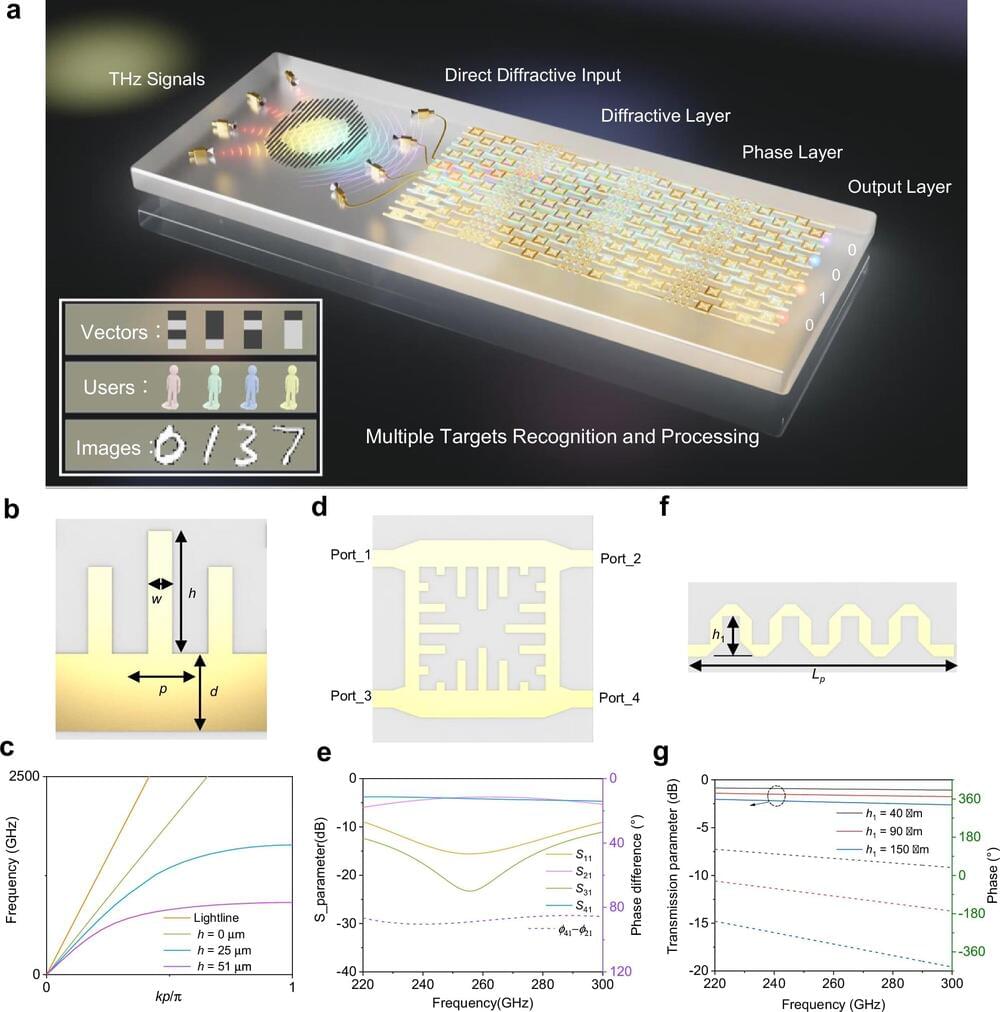A research team has developed an advanced continuous rotational scanning photoacoustic computed tomography (PACT) system for rapid imaging of living organisms. The research is published in the journal Laser & Photonics Reviews.
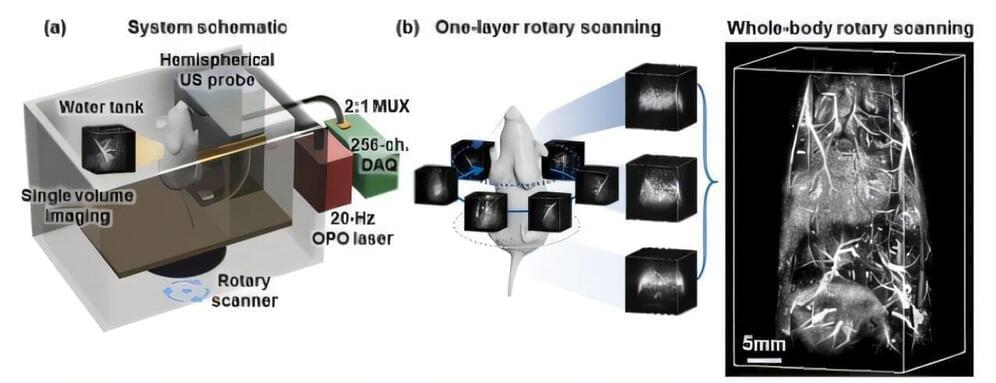

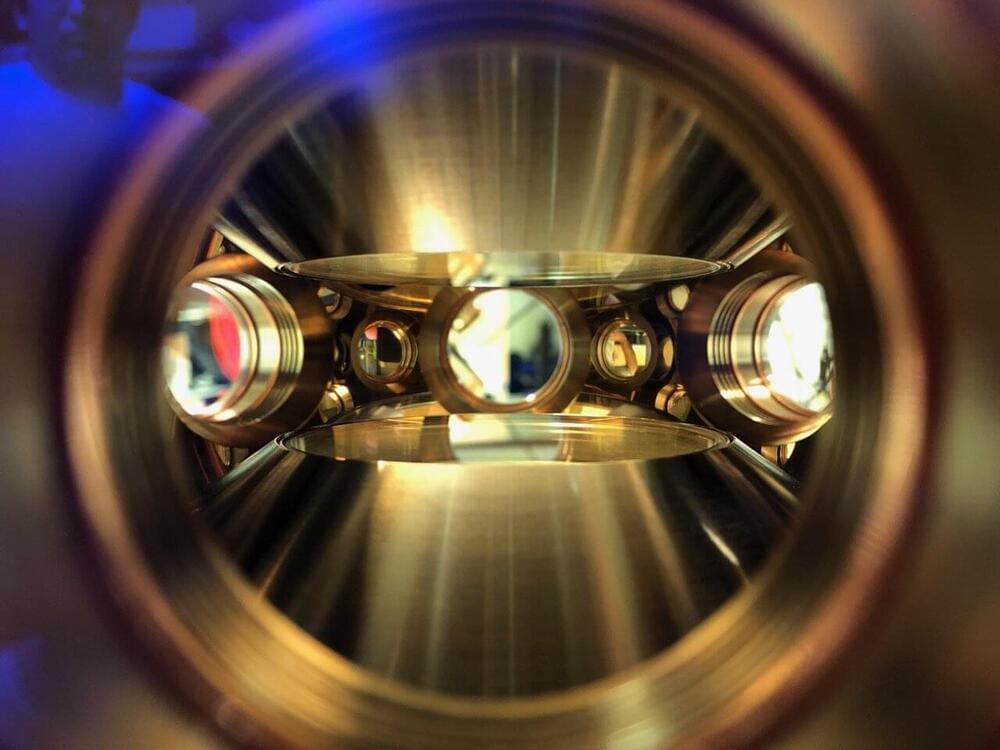
An experimental setup built at the Technion Faculty of Physics demonstrates the transfer of atoms from one place to another through quantum tunneling between optical tweezers. Led by Prof. Yoav Sagi and doctoral student Yanay Florshaim from the Solid State Institute, the research was published in Science Advances.
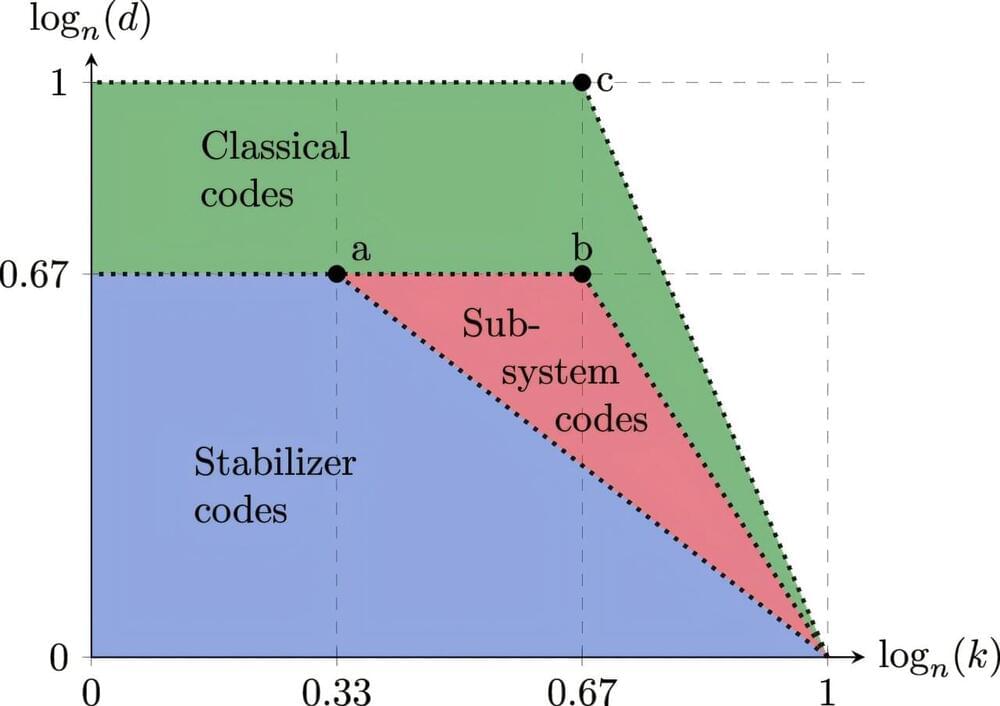

It turns out that the evolution of the most violent collisions between nuclei, as they are studied at the Large Hadron Collider at CERN, depends on the initial conditions, namely the geometry and shape of the colliding nuclei, which are in their ground state. More surprisingly, this insight also allows us to determine properties of the colliding nuclei that cannot easily be studied by other methods.
The researchers have predicted how the shape changes and fluctuations of the colliding nuclei will influence the outcome of extreme high-energy conditions. This paves the way for further studies which will yield a better understanding of the dynamic behavior of nuclei. An article on the results has been published in Physical Review Letters.
The predictions are theoretical but based on an experiment at the world’s leading physics research center, CERN, Switzerland.
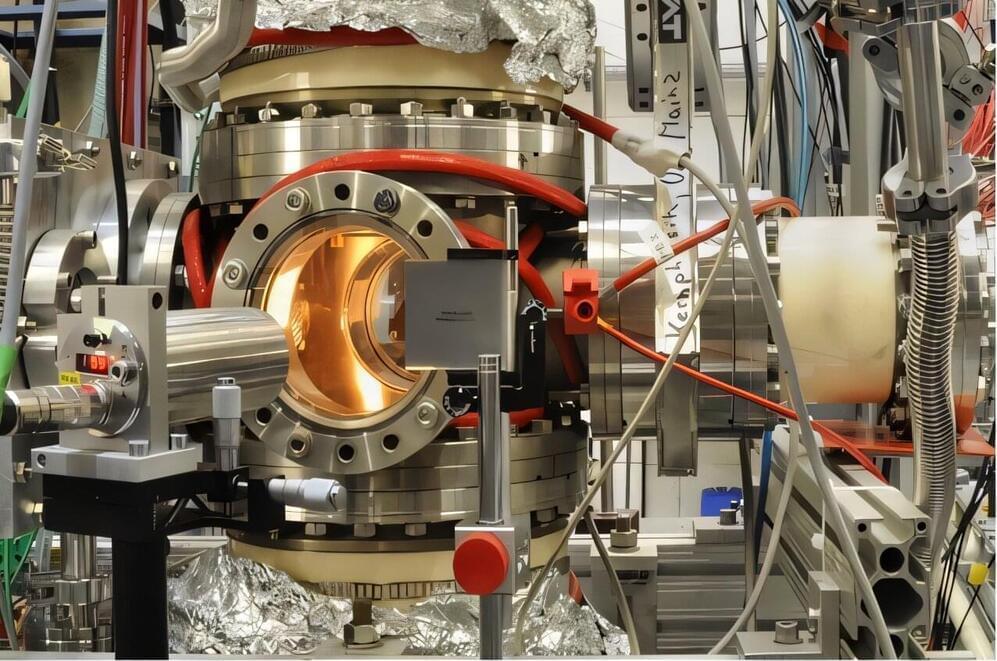
Using laser spectroscopy, the team were able to measure the nuclear radius of several isotopes of nobelium and fermium.
Unlike lighter regions of the nuclear chart, where upward kinks are observed crossing shell closures, the trend across a key neutron number is shown to be smooth. This indicates that nuclear shell effects due to a few nucleons have a reduced influence as the so-called superheavy elements are approached, and the nuclei behave more like a deformed liquid drop.
Researchers from the University of Liverpool’s Department of Physics, Professor Bradley Cheal and Dr. Charlie Devlin, contributed to the nobelium experimental activities of the study.
